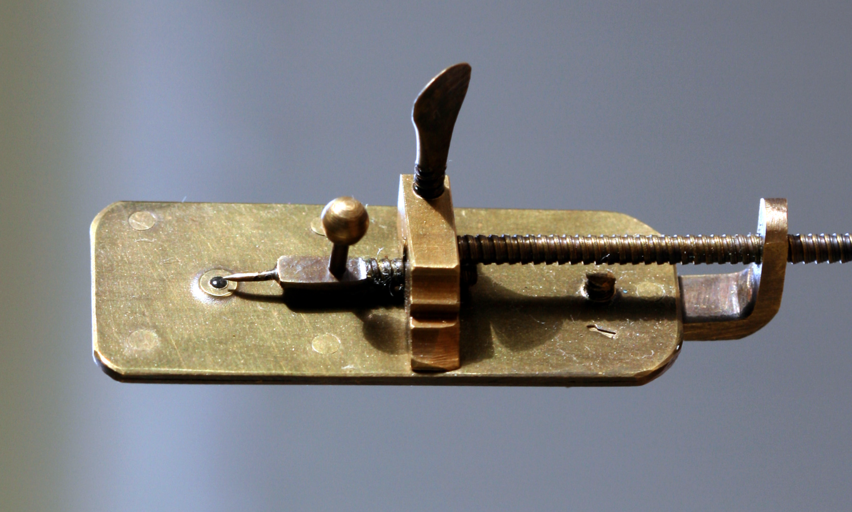
Mystery of Van Leeuwenhoek's microscope lens is partly solved DutchNews.nl
Antonie Philips van Leeuwenhoek FRS (/ ˈ ɑː n t ə n i v ɑː n ˈ l eɪ v ən h uː k,-h ʊ k / AHN-tə-nee vahn LAY-vən-hook, -huuk; Dutch: [ˈɑntoːni vɑn ˈleːu.ə(n)ˌɦuk] ⓘ; 24 October 1632 - 26 August 1723) was a Dutch microbiologist and microscopist in the Golden Age of Dutch science and technology.A largely self-taught man in science, he is commonly known as "the Father.

Antonie van Leeuwenhoek's Discovery of the Smallest Living Things
Antony van Leeuwenhoek. Letter of June 12, 1716 Antony van Leeuwenhoek was an unlikely scientist. A tradesman of Delft, Holland, he came from a family of tradesmen, had no fortune, received no higher education or university degrees, and knew no languages other than his native Dutch. This would have been enough to exclude him from the scientific.

ANTONI VAN LEEUWENHOEK Dutch inventor of the microscope 1632 1723 Stock Photo Alamy
Mikroskop von Antoni van Leeuwenhoek Bildquelle: Deutsches Museum. Van Leeuwenhoek beschritt einen anderen Weg: Sein Mikroskop bestand nur aus einer Linse. Im Prinzip gilt: je kugelförmiger die Linse, um so geringer die Brennweite und um so stärker die Vergrößerung. Nur: niemand konnte bis dahin so kleine und exakte Kugellinsen herstellen.
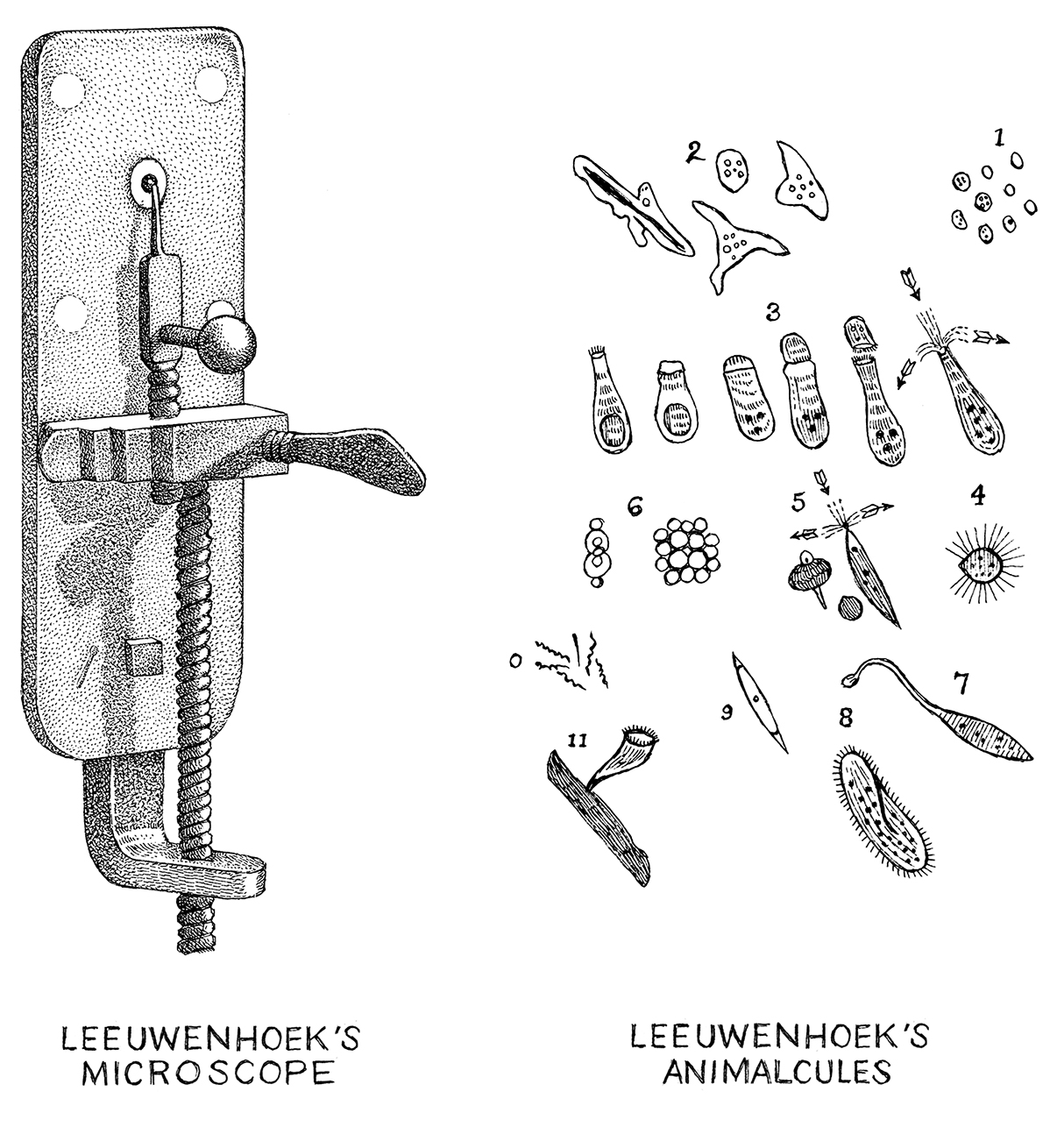
Gutopia A Microbial Paradise Science and Food
This paper discusses the scientific instruments made and used by the microscopist Antony van Leeuwenhoek (1632-1723). The immediate cause of our study was the discovery of an overlooked document.
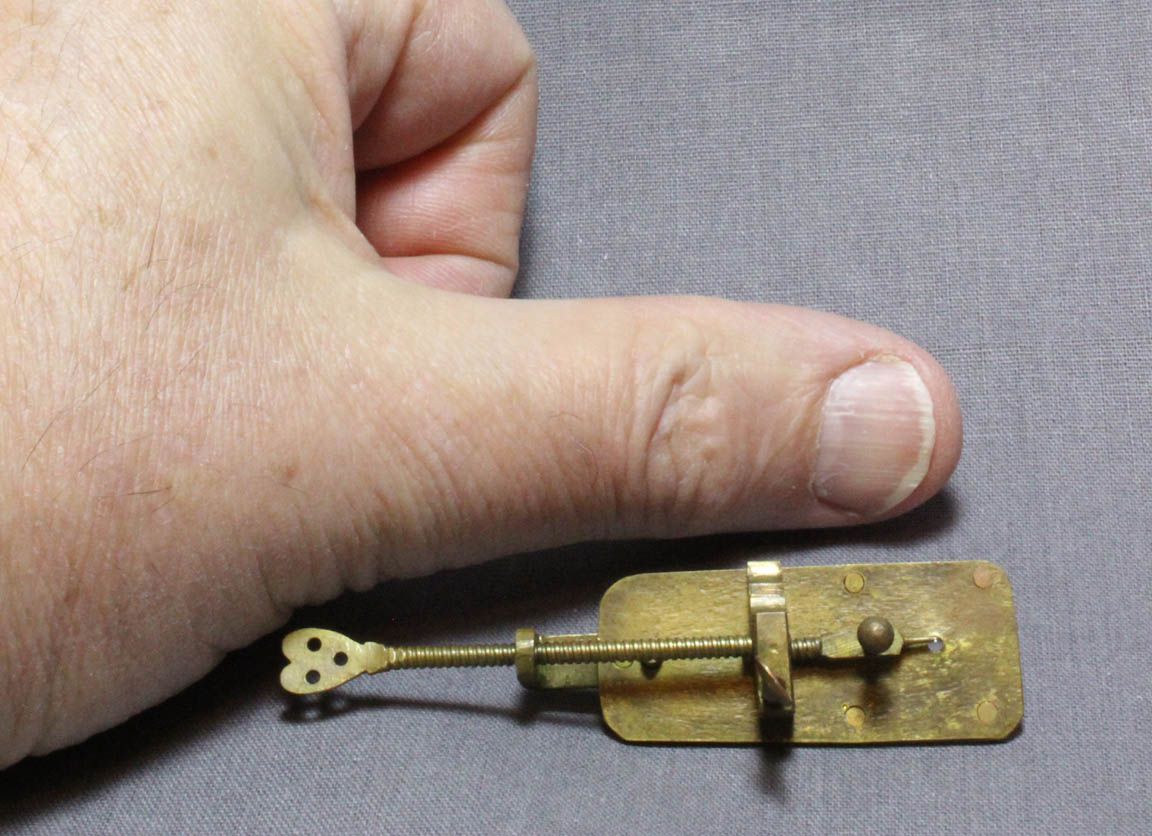
Leuwoenhoek Microscope replicas and Antoni van Leeuwenhoek
Van Leeuwenhoek's descriptions of finding samples have supported the principle that repeating historic experiments ("living history") is useful provided that care is taken with experimental detail. Speculation and theory are not sufficient. For example, there is at least one modern illustration of Van Leeuwenhoek holding his microscope to.
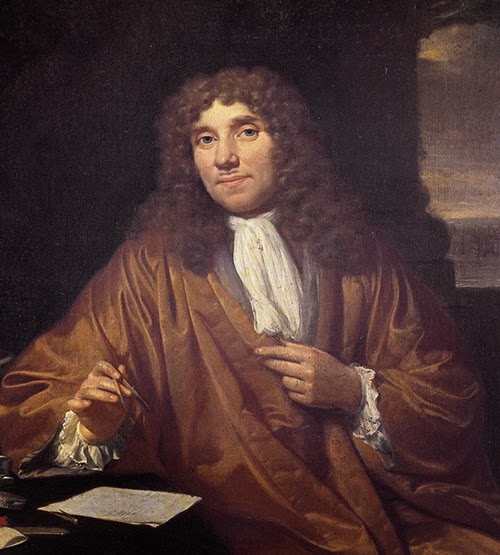
CURIOSIDADES CIENTÍFICAS LEEUWENHOEK. Un nuevo mundo microscópico.
Antoni van Leeuwenhoek (1632-1723) was born in Delft, where he lived for most of his life. Leeuwenhoek attended a grammar school and was taught by his uncle before taking up an apprenticeship with an Amsterdam linen-draper. His first encounter with microscopy would have been examining cloth samples with a magnifying glass.

FileLeeuwenhoek Microscope.png Wikipedia
On September 7, 1674, Antonie Van Leeuwenhoek, a fabric seller living just south of The Hague, Netherlands, burst forth from scientific obscurity with a letter to London's Royal Society.

Finding more van Leeuwenhoek microscopes… Delft Microbiology
This paper discusses the scientific instruments made and used by the microscopist Antony van Leeuwenhoek (1632-1723). The immediate cause of our study was the discovery of an overlooked document from the Delft archive: an inventory of the possessions that were left in 1745 after the death of Leeuwenhoek's daughter Maria.
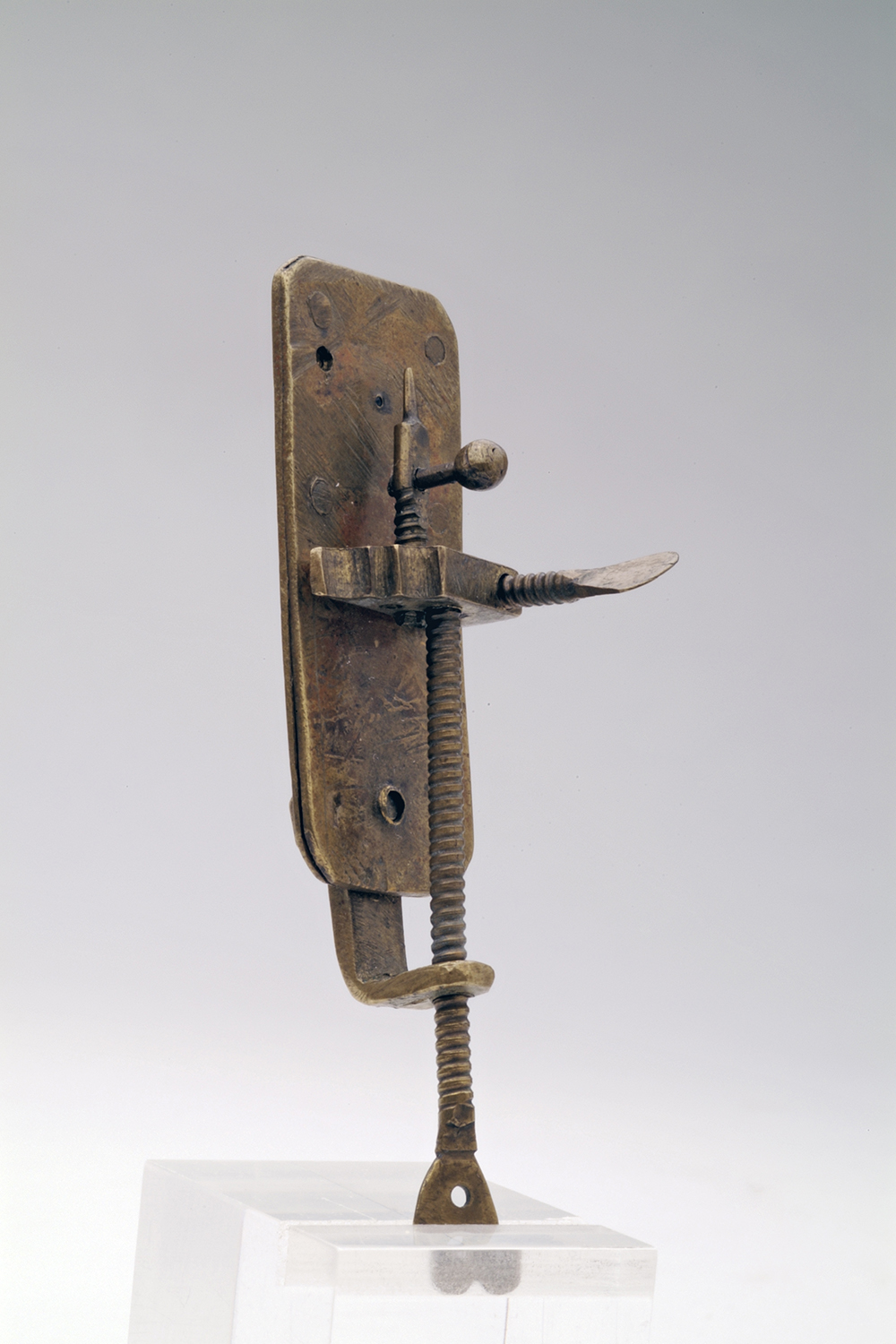
TU Delft and Rijksmuseum Boerhaave solved an ageold mystery surrounding Antonie van Leeuwenhoek
Van Leeuwenhoek also contributed to science in one other way. In the final year of his life, he described the disease that took his life. Van Leeuwenhoek suffered from uncontrollable contractions of the diaphram, a condition now known as Van Leeuwenhoek disease. He died of the disease, also called diaphragmatic flutter, on August 30, 1723, in.
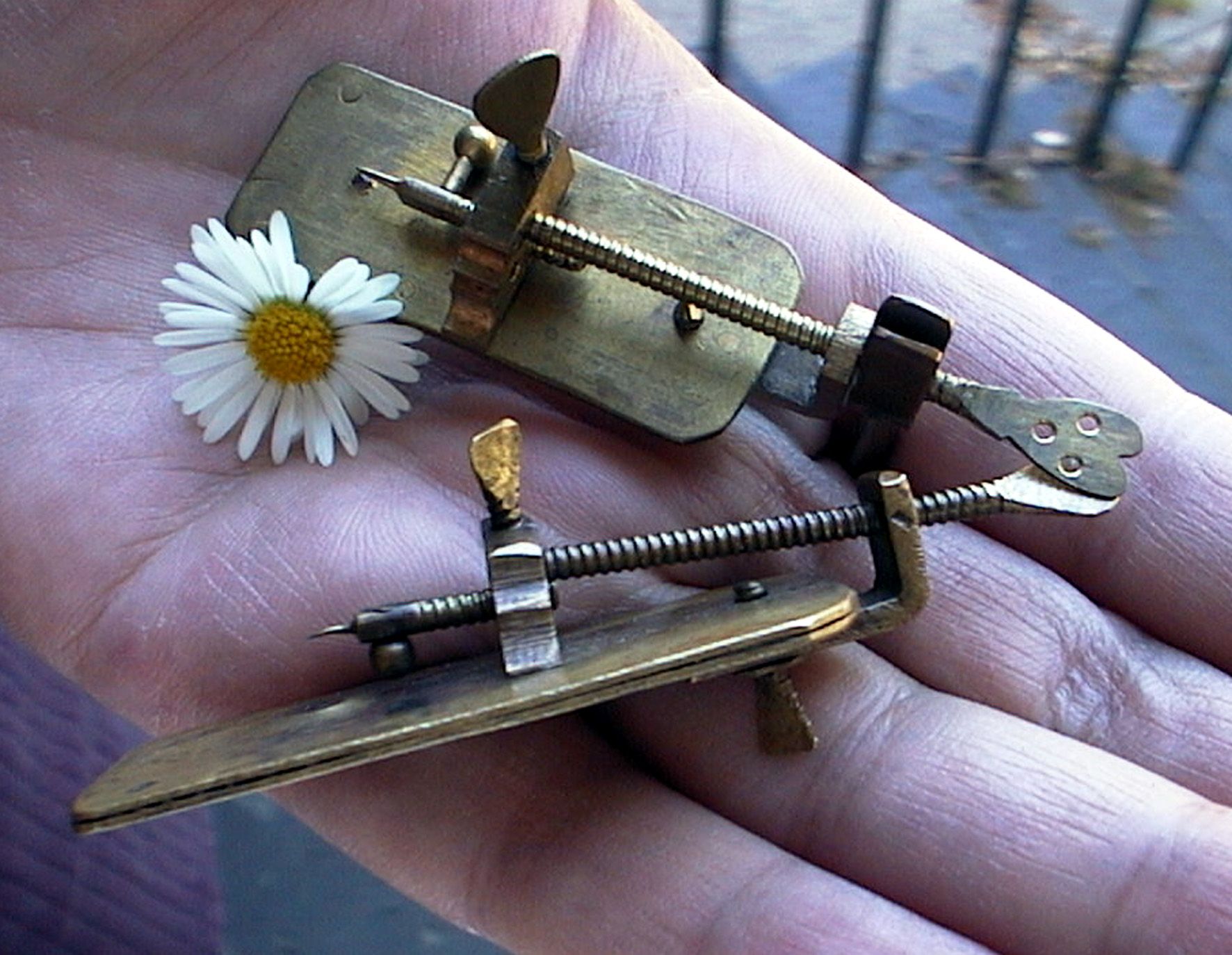
van Leeuwenhoek microscope
Three hundred years ago the Dutch microscopist Antoni van Leeuwenhoek died. He had been corresponding with the Royal Society for fifty years. Leeuwenhoek, born in Delft in the Netherlands in 1632, developed himself into one of the most prolific early microscopists. He made his own lenses and small hand-held microscopes which were more versatile.
+Microscope.jpg)
Discovering of the Bacteria Medical Education
Pioneering microbiologist Antoni van Leeuwenhoek made the best microscopes of the pre-industrial era with methods that he kept secret. But the first full-3D scans of two of his instruments reveal.

Los microscopios de Van Leeuwenhoek
Antonie van Leeuwenhoek (born October 24, 1632, Delft, Netherlands—died August 26, 1723, Delft) Dutch microscopist who was the first to observe bacteria and protozoa.His researches on lower animals refuted the doctrine of spontaneous generation, and his observations helped lay the foundations for the sciences of bacteriology and protozoology.. Early life and career
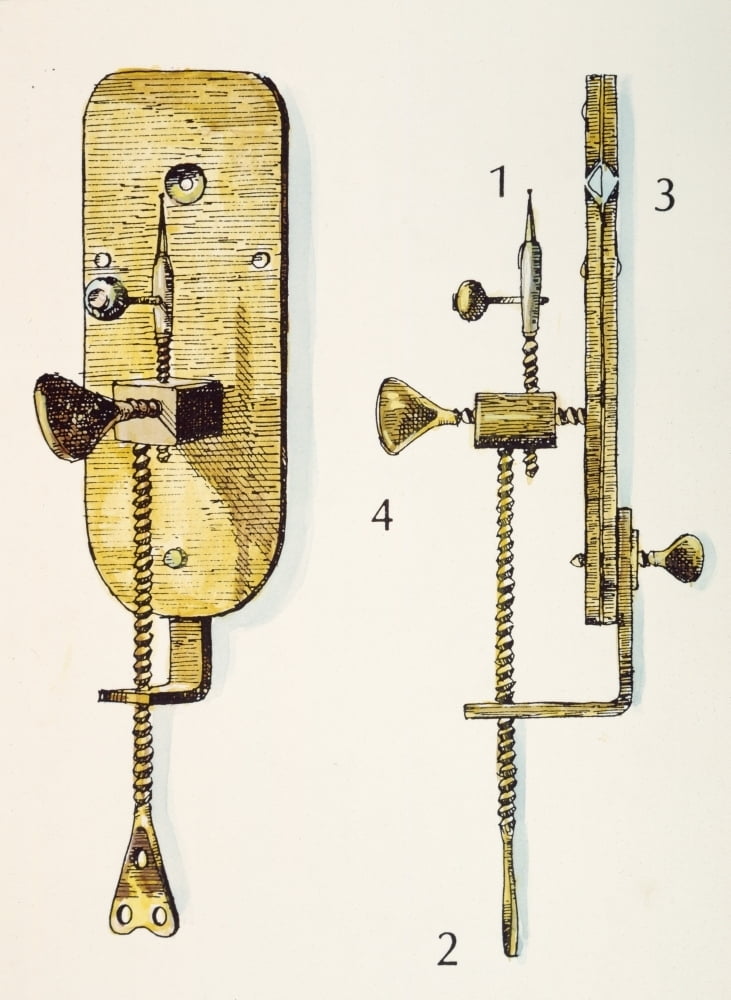
Anton Van Leeuwenhoek /N(16321723). Dutch Naturalist. One Of Leeuwenhoek'S Microscopes (1) The
Antonie van Leeuwenhoek (1632-1723) was the most important microscopist of the Scientific Revolution.The Dutchman made over 500 microscopes, many with a magnification far superior to contemporary models. His discoveries include bacteria, protozoa, red blood cells, spermatozoa, and how minute insects and parasites reproduce.

Leeuwenhoek's microscope Stock Image H505/0048 Science Photo Library
Antoni van Leeuwenhoek, who lived in the Netherlands between 1632 and 1723, was an amateur in science and lacked any type of formal university training. His experiments with microscopy design and function led him to become an international authority on microscopy and he was granted the honor of Fellowship in the Royal Society in 1680.

What makes a scientist? Antonie van Leeuwenhoes and the lenses that changed our view of the world.
Van Leeuwenhoek' on the lid, and an aalkijker from Russia. However, there is no evidence to link the two events which happened almost 200 years apart. It might (as speculated by Dobell 1932) have happened, but de Gorter's microscopes might equally easily have come from the auction, although the catalogue does not mention a red morocco case.

Leeuwenhoek's microscope. Download Scientific Diagram
The seventeenth-century Dutch microscopist, Antoni van Leeuwenhoek, was the first man to make a protracted study of microscopical objects, and, unlike his contemporary Robert Hooke, he viewed by transmitted light. Leeuwenhoek made over 500 of his own, curious, simple microscopes, but now only nine are known to exist..